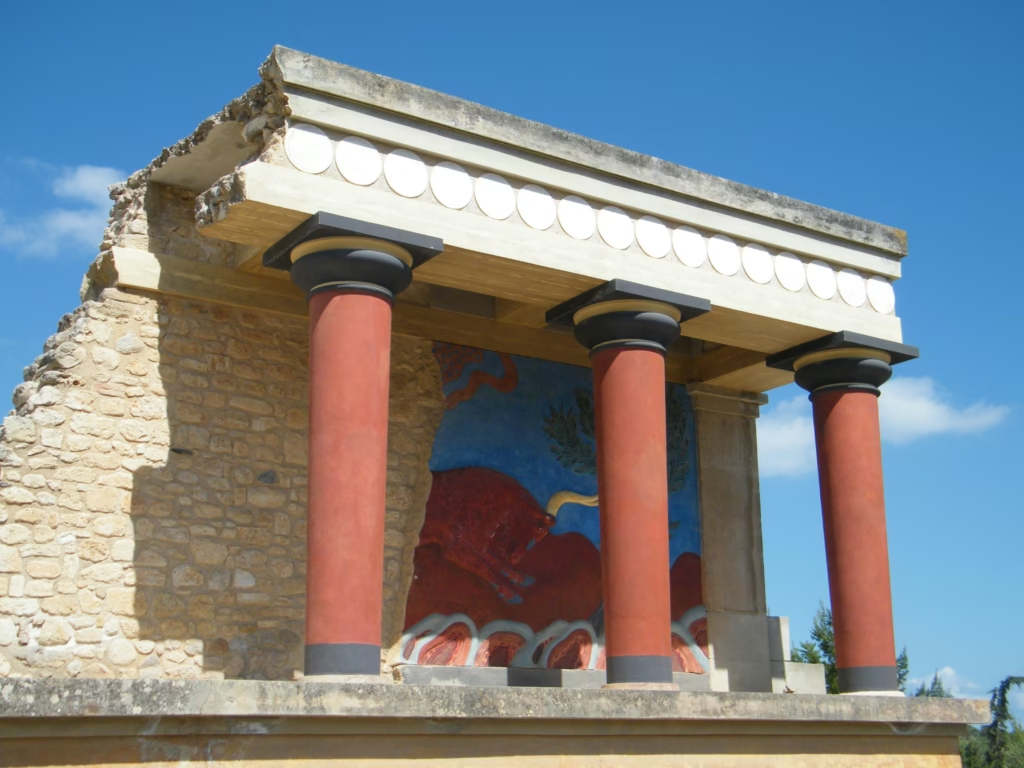Shear walls are essential structural elements in reinforced concrete framed buildings, designed to resist lateral forces such as wind and seismic loads. These walls are particularly important in high-rise structures, where lateral forces become increasingly significant as the building height increases. By providing stiffness and stability, shear walls ensure the structural integrity of tall buildings, preventing excessive movement or sway.

The Importance of Shear Walls in High-Rise Buildings
As buildings grow taller, the impact of lateral forces—such as those from wind or earthquakes—becomes more pronounced. Shear walls play a critical role in managing these forces and ensuring that the building remains stable. Codes of practice impose strict limits on horizontal movement or sway to maintain safety and usability. Without proper control of lateral deflection, several issues can arise, including:
- Restrictions on the building’s intended use.
- Damage to non-load-bearing elements, such as walls or finishes.
- A decline in the building’s appearance due to visible cracks or misalignments.
- Discomfort for occupants due to noticeable swaying.
To adhere to these codes, engineers aim to limit the relative lateral deflection of each storey to no more than the storey height divided by 500.
Methods to Control Building Sway
There are several approaches to reducing building sway and improving stability. One method is to increase the section sizes of the structural members, creating a rigid, moment-resisting frame. However, this approach has limitations. While effective for low- to mid-rise buildings (up to 7 or 8 storeys), it can lead to higher storey heights and increased construction costs in taller structures.
A more practical and efficient solution is to incorporate stiff, shear-resisting walls into the design. These walls can be positioned either externally or internally around critical areas like lift shafts and stairwells (referred to as cores). In many cases, a combination of both external and internal walls is used to enhance stability.
Types and Structural Forms of Shear Walls
Shear walls can take various forms and structural configurations, depending on the specific requirements of the building.
Monolithic Shear Walls
Shear walls can be classified as short, squat, or cantilever, based on their height-to-depth ratio. These classifications help engineers determine the wall’s behavior under lateral loads.
Sectional Forms
- Plane Walls: Flat walls that provide lateral stiffness in a single direction.
- Flanged Walls: Shear walls with additional perpendicular flanges for enhanced strength.
- Core Walls: These typically form the structural core of a building, enclosing areas such as stairwells or lift shafts.
Coupled Shear Walls
In some cases, shear walls include openings for doors, windows, or other utilities. These walls are referred to as “coupled shear walls” because the individual wall sections are connected by beams or slabs, working together to resist lateral forces. Normally, these walls are anchored directly to the foundation. However, in cases where lateral loads are relatively small, they can be supported on columns connected by a transfer beam.
Optimal Placement of Shear Walls in a Building
The location and shape of shear walls significantly influence the overall behavior and stability of a building. Ideally, shear walls should be placed symmetrically and centrally in the structure to minimize torsion and maximize efficiency. However, practical constraints often require alternative placements, such as positioning the walls at the ends of the building.
Impact of Placement on Structural Behavior
- Central Placement: Provides excellent flexural stiffness in both directions, reducing lateral movement effectively. However, this may restrict the functional use of interior spaces.
- End Placement: Offers good flexural stiffness in the short direction, but relies on the frame’s stiffness in the perpendicular direction.
- Asymmetrical Placement: If walls or cores are positioned off-center, torsional forces may develop. In such cases, the design must explicitly account for torsion to ensure stability.
Symmetrical arrangements are generally preferred to avoid complications arising from torsional effects. When asymmetry is unavoidable, engineers must carefully design the structure to handle the additional stresses.
Conclusion
Shear walls are indispensable for ensuring the safety and stability of modern high-rise buildings. By resisting lateral forces and minimizing sway, they protect structures from damage and provide a comfortable environment for occupants. Proper selection of shear wall types and strategic placement within the building are critical to achieving optimal performance. Whether forming the core of a building or integrated into external walls, shear walls remain a cornerstone of advanced structural engineering.
